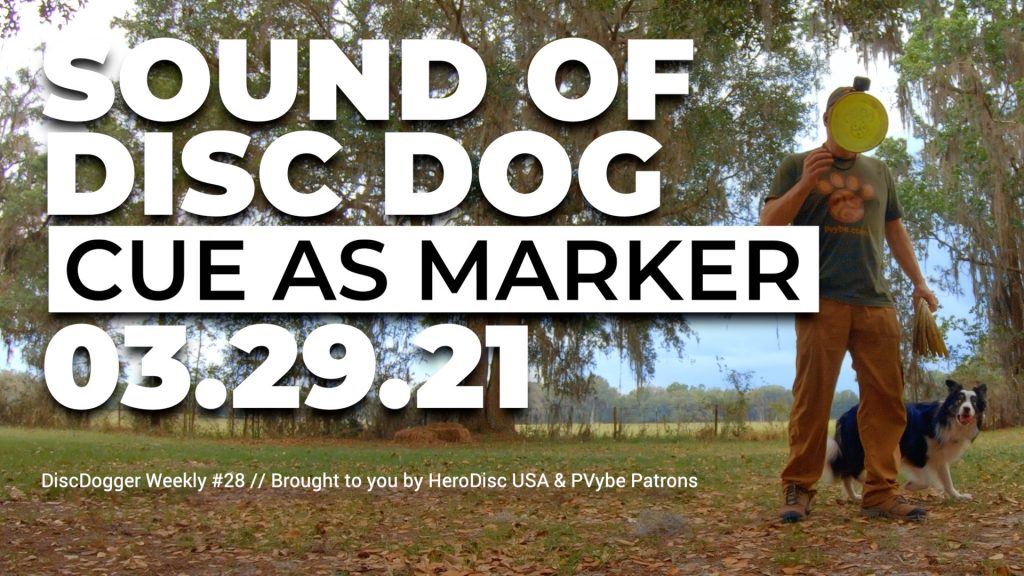
The Sound of DiscDog | Cue as Marker
Ron & Epic demonstrate some sequencing ideas, namely using the next cue as the marker for the current behavior in this Sound of DiscDog session.The Sound of DiscDog is an audio only live-training QnA session on Clubhouse where we experience the sounds of dog training and lend our imagination to interpret and explore the training session.
Marking with the Next Cue
This sequence is super fast. If I don’t tell Eppie to Stall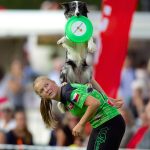 A Stall has the dog leaping up and chilling out on the handler’s back. Stalls are great for showmanship and for presenting a dog to the crowd. They create a dramatic or emotive... More before he lands the Rebound, he’s not going to be prepared in time and the sequence will either be broken and choppy or he will have to guess what is coming. Neither one of those options is an option. I want to tell Eppie the next trick before he finishes this one so he can resolve that next trick to do this one.
A Stall has the dog leaping up and chilling out on the handler’s back. Stalls are great for showmanship and for presenting a dog to the crowd. They create a dramatic or emotive... More before he lands the Rebound, he’s not going to be prepared in time and the sequence will either be broken and choppy or he will have to guess what is coming. Neither one of those options is an option. I want to tell Eppie the next trick before he finishes this one so he can resolve that next trick to do this one.
If I don’t give the cue early like this, Eppie will do the Rebound and resolve it simply for a landing or for whatever trick he might think is coming next. By giving the cue during the previous or current trick, the dog finishes that trick with the intent to do the Stall. So Eppie is actually resolving the Rebound specifically to perform this FrontsideA term that means to catch before the handler or Before the trick. This is best illustrated in practice. A Stall behavior has a Frontside, before the dog lands on the human, and... More Back Stall A Stall happens when your dog leaps up and stays on a part of your body. Stalls are usually named by the part of your body they happen on. If your dog leaps... More.
A Stall happens when your dog leaps up and stays on a part of your body. Stalls are usually named by the part of your body they happen on. If your dog leaps... More.
It is often easy to get distracted or get too busy to remember to give the cue early like this. A simple solution I use for this is to simply use my next cue as the marker for the current behavior. It gives me a common timing and a familiar conceptual understanding to help me remember to keep the dog clued in.
And of course, I can do this stuff without the pre-cue idea laid out above, but then the dog will be guessing and reading into all of the moves and might easily make a mistake if any of the moves look similar or if I decide to change gears and do something else.
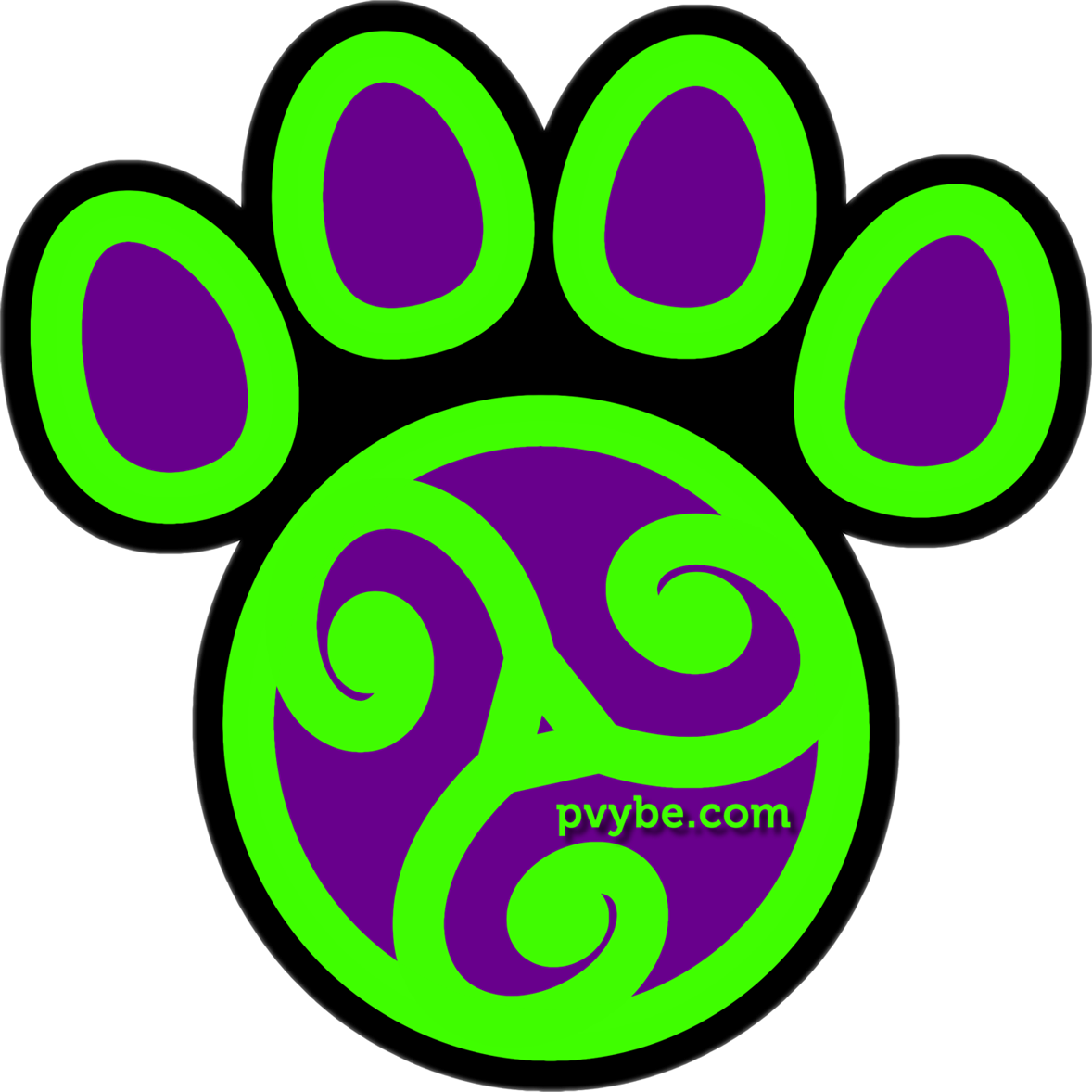


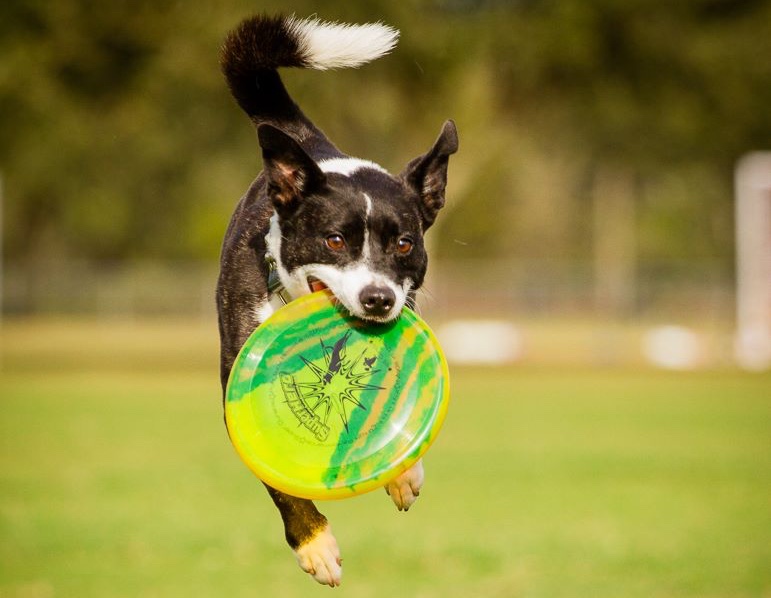
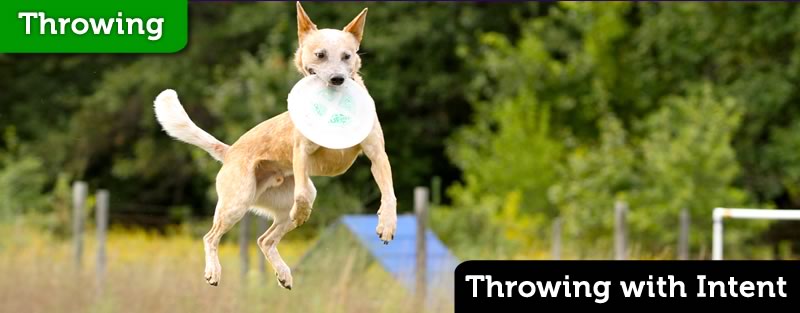
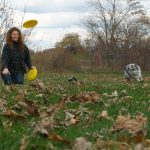
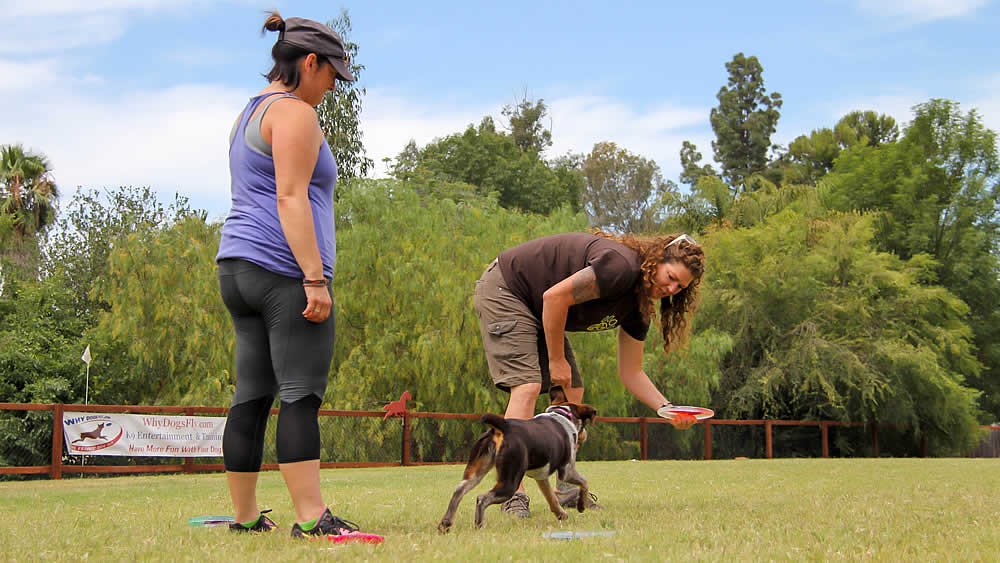

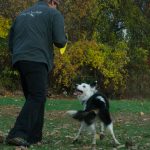
Responses